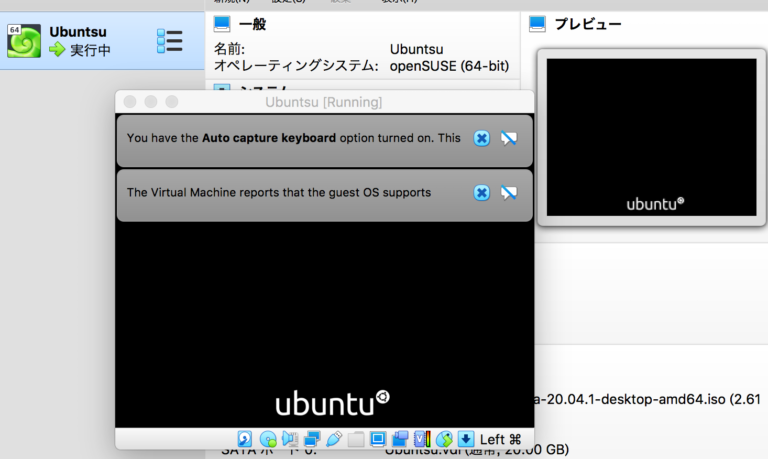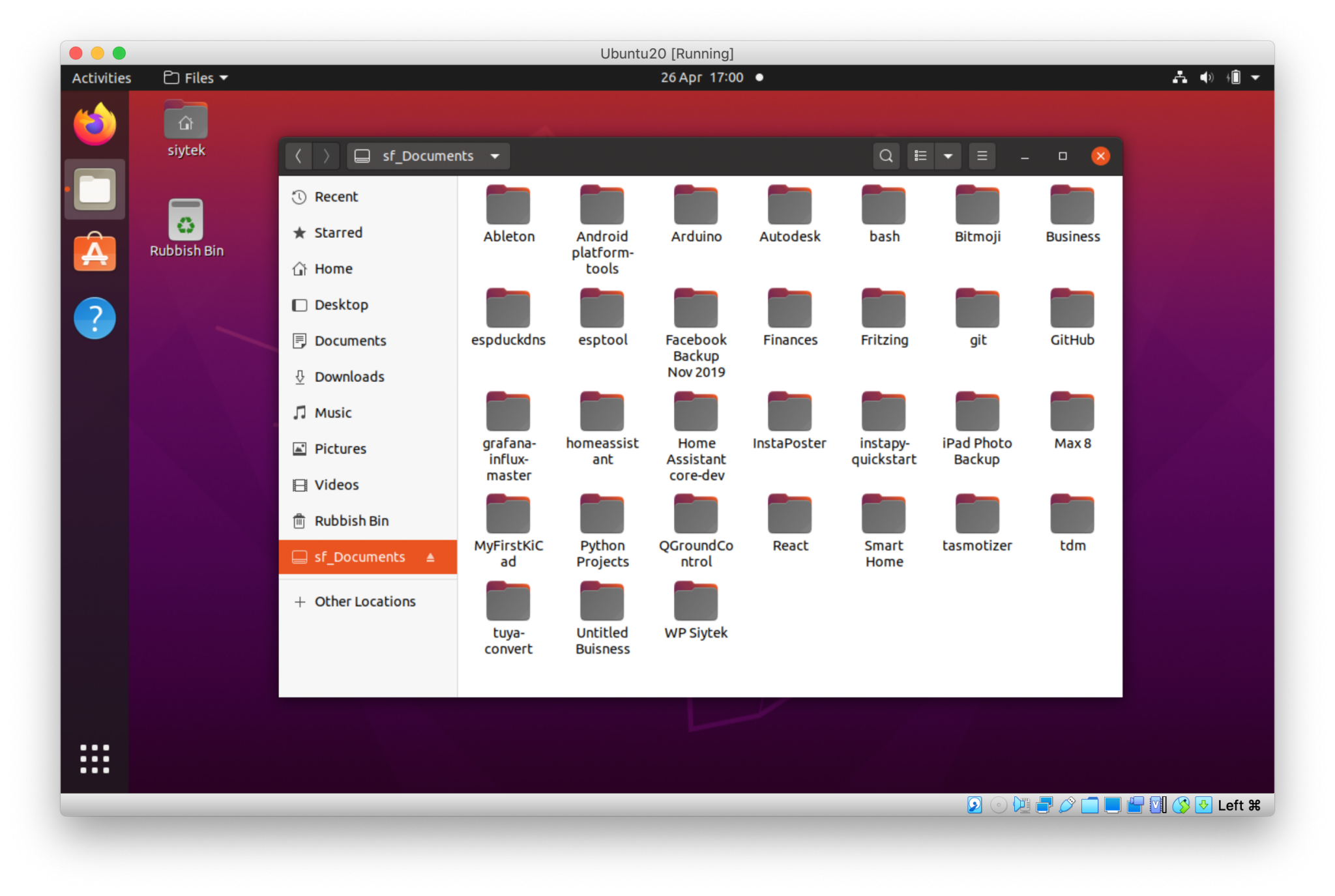

- Ubuntu virtualbox image mac how to#
- Ubuntu virtualbox image mac for mac os x#
- Ubuntu virtualbox image mac install#
- Ubuntu virtualbox image mac update#
- Ubuntu virtualbox image mac password#
Replacing `NAME` with the storage account name and `KEY` with the storage account key. azure-vhd-utils-for-go upload -localvhdpath my-trusty-vm.vhd -stgaccountname NAME -stgaccountkey KEY -blobname my-trusty-vm go get /Microsoft/azure-vhd-utils-for-go Īnd then you can run the tool to upload the image: This response from March 2016 basically says it's being looked in to and in the meantime we should use the `azure-vhd-utils`. However, trying to use it caused this error for me. The documentation from Microsoft says to use the `azure-cli` to upload the image. Once completed we are ready to upload the VHD to Azure. The script takes care of the resizing of the VHD to the nearest MB as required by Azure so you don't have to worry about that! Uploading the VHD This will take a little while to complete. Note this will require about 60 GB free disk space: Now you can use the `create-vhd` script to create an Azure VHD from the VDI. VBoxManage controlvm my-trusty-vm poweroff soft sudo waagent -force -deprovision history -cw logout When the instance is in a good state and you don't want to make any more changes, run the following: This step is important to get the system running successfully on Azure.
Ubuntu virtualbox image mac install#
Install packages, clone your code to the VM and set it up to start at boot, etc.ĭiscover what matters with Lateral AI The revolutionary AI solution that rapidly finds information across documents for you! Sign up Early access. Now that's all installed you can do whatever you need to get the VM up and running how you like it.

Ubuntu virtualbox image mac update#
sudo apt-get update sudo apt-get install walinuxagent GRUB_CMDLINE_LINUX_DEFAULT="console=tty1 console=ttyS0,115200n8 earlyprintk=ttyS0,115200 rootdelay=300" sudo apt-get update sudo apt-get install -y linux-image-virtual-lts-xenial linux-lts-vivid-tools-common hv-kvp-daemon-init sudo reboot Īfter the system reboots, edit `/etc/default/grub` in a text editor, find the variable called `GRUB_CMDLINE_LINUX_DEFAULT` and change to:

See here for some more details about what's being done here: When you're in the instance there's a bit of setup required for it to work with Azure. We strongly recommend changing this to something secure or even better setting up key based authentication.
Ubuntu virtualbox image mac password#
The password is set at line 35 of `create-vm` to `ubuntu`. Now you can SSH into the instance from port `2222`: Once that has completed, you can start the VM in headless mode: If you want to use a version of Ubuntu other than 14.04, just modify lines 8-9 of `create-vm` to point to the version you want. Use the `create-vm` script to create a VM in VirtualBox from the Ubuntu 14.04 image: Then download them to a location of your choosing and ensure they are executable: Thanks Scott! Have a read through the comments of the two scripts to get an idea of what they do.

The `create-vm` script was modified to work with OS X from the example written by Scott Moser. Next you need two scripts `create-vm` and `create-vhd`. brew install qemu coreutils cdrtools gawk You can use Homebrew to install the last 4 with the following command: * VirtualBox with `VBoxManage` and `VBoxHeadless` on your path * Go for the `azure-vhd-utils-for-go` * Azure CLI for interacting with Azure from the command line * `qemu` for `qemu-img` used in `create-vhd` script to resize and convert images * `coreutils` for `gtruncate` used by the `create-vm` script * `cdrtools` for `mkisofs` used by the `create-vm` script * `gawk` used by the `create-vhd` script There are several dependencies required before we can start: I mean, seriously Microsoft? Dependencies One that deserves an honorable mention is the fact that the size of the Azure VHD must be aligned to the nearest whole MB otherwise the image will be rejected after upload. There were also quite a few gotchas that I will explain in due course. At which point I or hopefully someone else will take it upon themselves to write an updated version. Well, that works until it itself becomes outdated and stops working.
Ubuntu virtualbox image mac for mac os x#
So I thought I'd try to create a version that at least works for Mac OS X users. In fact in various places it didn't work at all. I found the Azure documentation to be a bit outdated.
Ubuntu virtualbox image mac how to#
In this post I will cover how to create a VHD that is fully compatible with Azure from an Ubuntu Cloud Image base. One of those is as an Azure VHD for deployment to Azure VMs. We have many different ways of delivering the Lateral API to clients who would like to install it in their own environment.


 0 kommentar(er)
0 kommentar(er)
